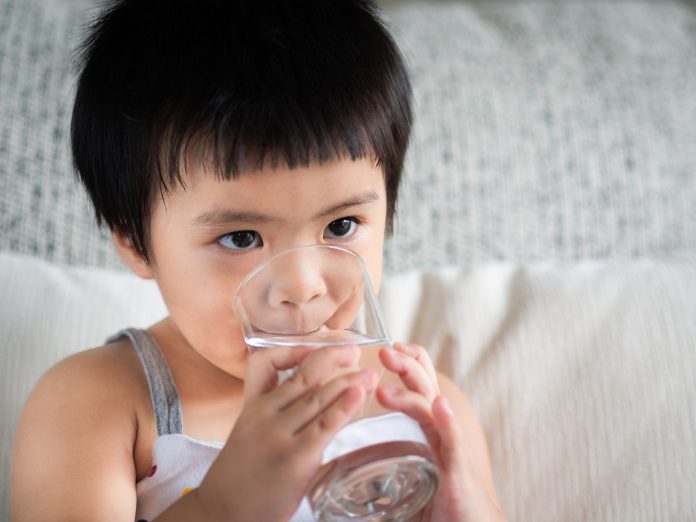Cecilia Van Cauwenberghe from Frost & Sullivan’s TechVision Group, discusses the potential implications of microplastics in human health and biodiversity
Recently detected in drinking water and drinking water sources, microplastics discovery has prompted important discussions about their potential implications for human health (Koelmans et al., 2019). Although microplastics are omnipresent in the environment and their risks to human health remain unknown, their presence in drinking water supposes a high level of human exposure (Danopoulos et al., 2020). As a result, the present focus is on review studies to better correlate their presence with some potential manifestations in human health.
Broadly speaking, microplastics are water-insoluble, solid polymer particles smaller than five millimetres, whereas nanoplastics particles are related to particles smaller than one micrometre. Concerning the evaluation of the risks of microplastics in human health, one of the most notable challenges is the wide variability of their physical and chemical properties of the particles, as well as, their chemical composition and the concentration in which they are present. All those factors make their correlations highly unpredictable. In the environment, microplastics are difficult to identify on the basis of their variability in their properties and composition. In consequence, some lack of testing methodology standardisation exclusively for microplastics is also observed (De La Torre et al., 2020). Microparticles can be composed from many different compounds and regulations are specifically related to their chemistries.
Microplastics correlation with human health and biodiversity
According to some researchers, microplastic exposure in biological systems may cause particle toxicity, which consequently could derive in oxidative stress and inflammatory cascades (Correia Prata et al., 2019). Moreover, chronic inflammation and neoplasia may arise due to the inability of the immune system to remove synthetic particles. Microplastics may disintegrate, hence releasing their chemical constituents, or even adsorbed contaminants and pathogens.
Regarding their source, microplastics mostly comes from the fragmentation of larger plastics as well as from the product wear. Nevertheless, such a rate of fragmentation under usual circumstances is unpredictable. Therefore, more prospective analysis is needed. The same reasoning is applied for water treatment plants (Novotna et al., 2019), which are not able to apply adequate filters beyond the particle size (Shen et al., 2020).
Final remarks
There is increasing scientific evidence on the hazards of microplastics for human health and biodiversity. Their risks can be neither controlled nor reversible, so that a long-term environmental risk exists and it is claiming the attention of authorities and regulatory bodies to set new standards and methods for measurement and control.
Acknowledgements
I would like to thank all contributors from industry involved with the development and delivery of this article from Frost & Sullivan.
References
- Danopoulos, E., Twiddy, M. and Rotchell, J.M., 2020. Microplastic contamination of drinking water: A systematic review. PloS one, 15(7), p.e0236838.
- De-la-Torre, G.E., 2020. Microplastics: an emerging threat to food security and human health. Journal of food science and technology, 57(5), pp.1601-1608.
- Koelmans, A.A., Nor, N.H.M., Hermsen, E., Kooi, M., Mintenig, S.M. and De France, J., 2019. Microplastics in freshwaters and drinking water: critical review and assessment of data quality. Water research, 155, pp.410-422.
- Novotna, K., Cermakova, L., Pivokonska, L., Cajthaml, T. and Pivokonsky, M., 2019. Microplastics in drinking water treatment–Current knowledge and research needs. Science of The Total Environment, 667, pp.730-740.
- Prata, J.C., da Costa, J.P., Lopes, I., Duarte, A.C. and Rocha-Santos, T., 2020. Environmental exposure to microplastics: An overview on possible human health effects. Science of the Total Environment, 702, p.134455.
- Shen, M., Song, B., Zhu, Y., Zeng, G., Zhang, Y., Yang, Y., Wen, X., Chen, M. and Yi, H., 2020. Removal of microplastics via drinking water treatment: Current knowledge and future directions. Chemosphere, p.126612.











